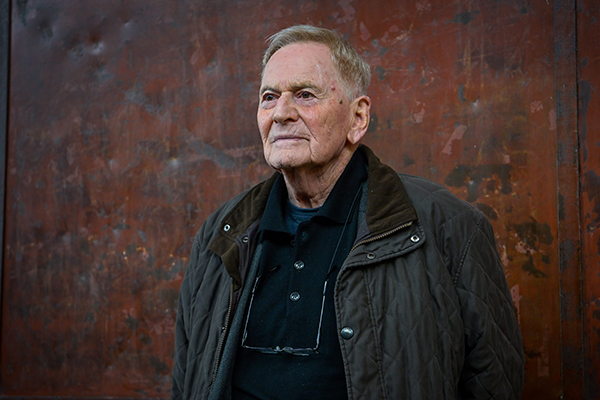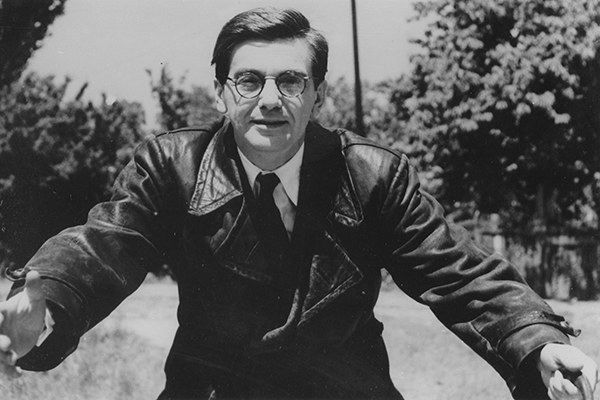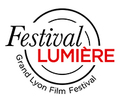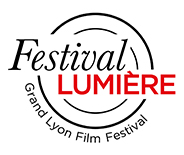Of the Soul
István Szabó, political and poetic filmmaker
PostED ON 16.10.2025
A figure of the Hungarian New Wave of the 1960s, István Szabó creates historical and oneiric cinema, inspired by a combination of imagination and effervescence.

© Jean-Luc Mège Photography
AUTOBIOGRAPHY
Born in Hungary in 1938, István Szabó knew by the age of sixteen that he would become a filmmaker. He directed his first picture at twenty-five. A screenwriter, actor and producer of eighteen films between 1960 and 2020, he has created an œuvre where autobiography lingers just beneath the surface; Father is a striking example. The film depicts the childhood, then young adulthood, of a character haunted by the absence of a father who vanished during the siege of Budapest in 1945. Szabó chooses to imagine the personality and life of this absent father, while tragic events unfold outside. With dizzying grace, the filmmaker transcends reality through stunning sequences of visual and sonic escape. We will long remember the scene where the protagonist, now a young man, dives into the Danube and swims, while a voice-over reveals his thoughts, which prove just as intense as his movements in the water...
HISTORICAL CONTEXTS
Nazism, WWII, and then the Soviet era swept through the Hungary of István Szabó. These major world events obliged his characters to make choices. The most acclaimed work is Mephisto, which won the Academy Award for Best Foreign Language Film. It recounts the tale of a brilliant actor who sacrifices and compromises everything for fame, even if it means giving in to the Third Reich. This film is the direct opposite of Father. In Mephisto, the adult hero plunges into a narcissistic madness that distances him from reality, whereas the young son of Father emerges from childhood fantasies to gradually comprehend the history of his country.

© DR
Père (1966)
DREAM AND REALITY
The reality of life versus the dreamlife, a dimension to which we escape, is the great and magnificent theme of Szabó's cinema, often symbolised by art and theatre. On the stage, we fabricate stories and display a strange control of everything, whereas real life imposes its dictates on us. For the young protagonist of Father, however, the outside world exists as a giant stage of an imaginary universe. Only afterwards does he begin to understand the world as it truly is. For the character of Mephisto, the theatre is preferable to real life. In Being Julia, it is also on the stage that Julia, an English actress, feels most alive. The story, set in 1938, reveals a reality that contains elements of both fantasy and harshness. Julia, a mature woman who experiences a passionate affair with a younger man who is not entirely disinterested, shows the discovery of the world at all ages. Like the child in Father or the actor in Mephisto, Julia becomes the protagonist of a fairy-tale universe, where the imaginary helps accept reality.
Therein lies the genius of István Szabó!
Virginie Apiou
Master class
Meet István Szabó
JeudiTuesday, October 16 at 11am at Pathé Bellecour
Screenings
Mephisto by István Szabó (1981, 2h25)
Comœdia Fri 17 11:15am
Adorable Julia by István Szabó (Being Julia, 2004, 1h45)
Lumière Terreaux Thu 16 7:15pm

